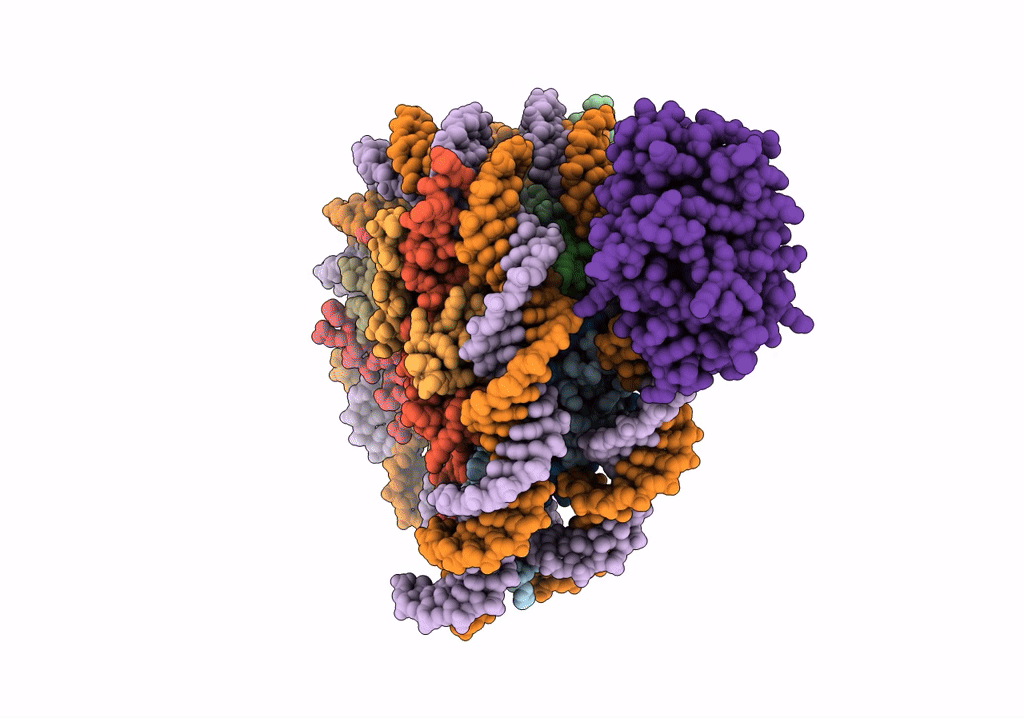
Deposition Date
2022-05-19
Release Date
2023-06-07
Last Version Date
2024-04-10
Entry Detail
PDB ID:
8CWW
Keywords:
Title:
Structure of S. cerevisiae Hop1 CBR bound to a nucleosome
Biological Source:
Source Organism:
Saccharomyces cerevisiae (Taxon ID: 4932)
Xenopus laevis (Taxon ID: 8355)
Escherichia coli (Taxon ID: 562)
Xenopus laevis (Taxon ID: 8355)
Escherichia coli (Taxon ID: 562)
Host Organism:
Method Details:
Experimental Method:
Resolution:
2.74 Å
Aggregation State:
PARTICLE
Reconstruction Method:
SINGLE PARTICLE


